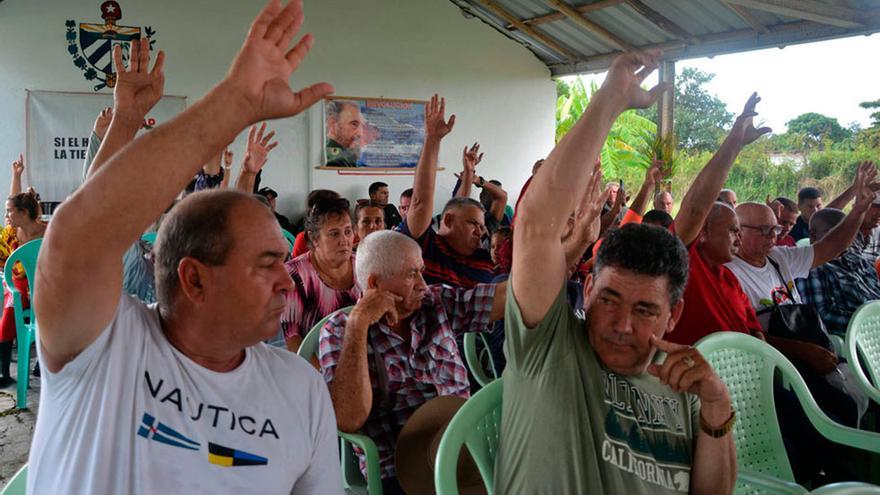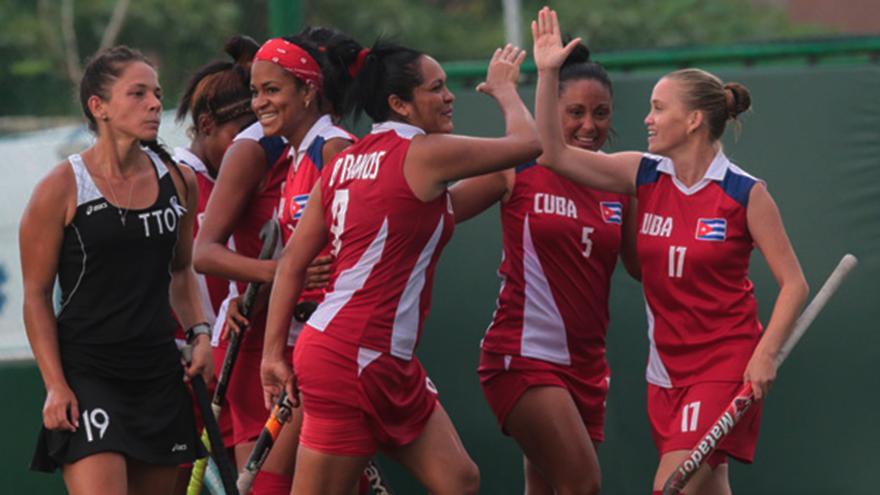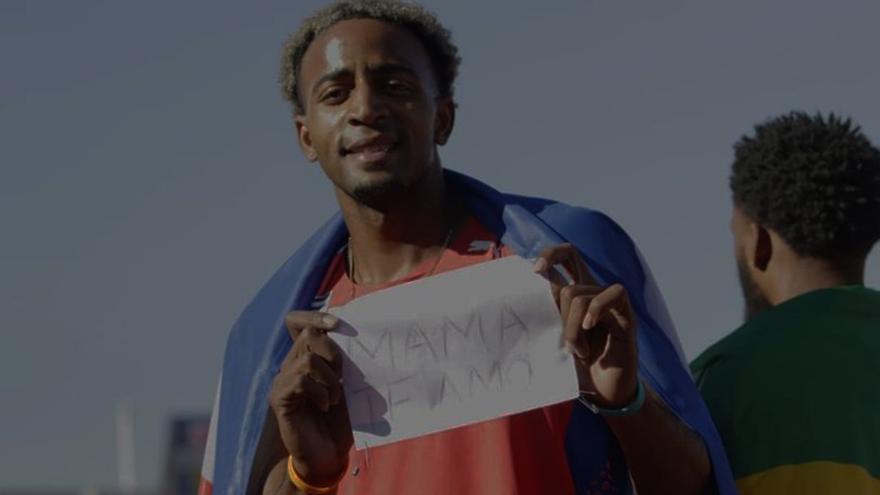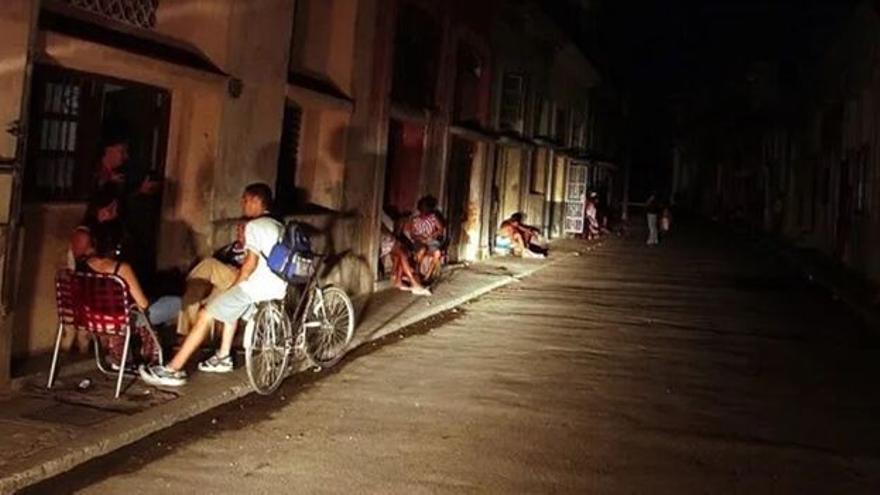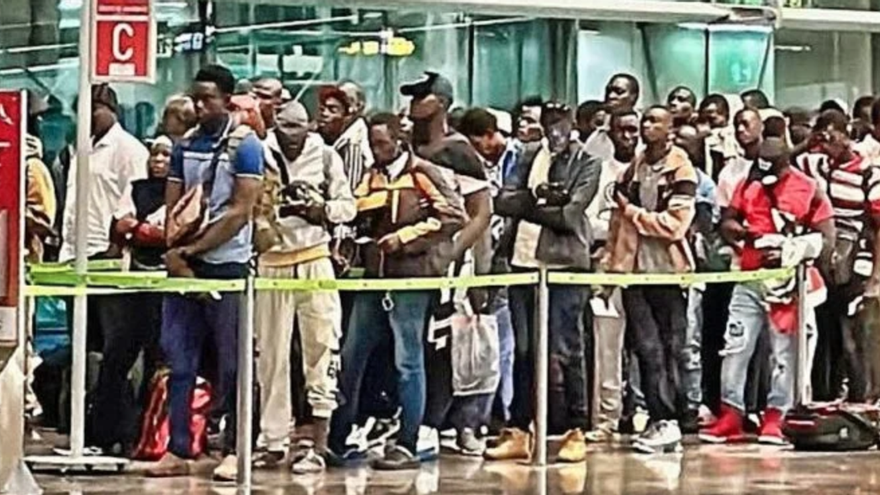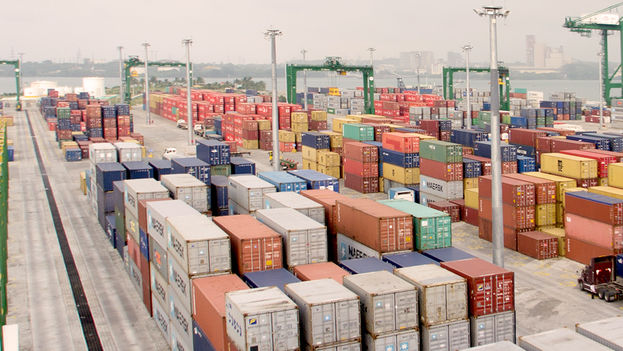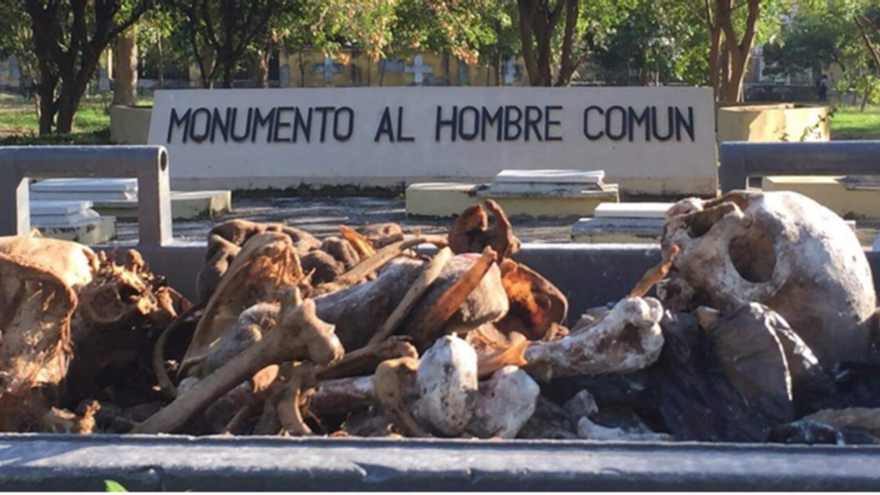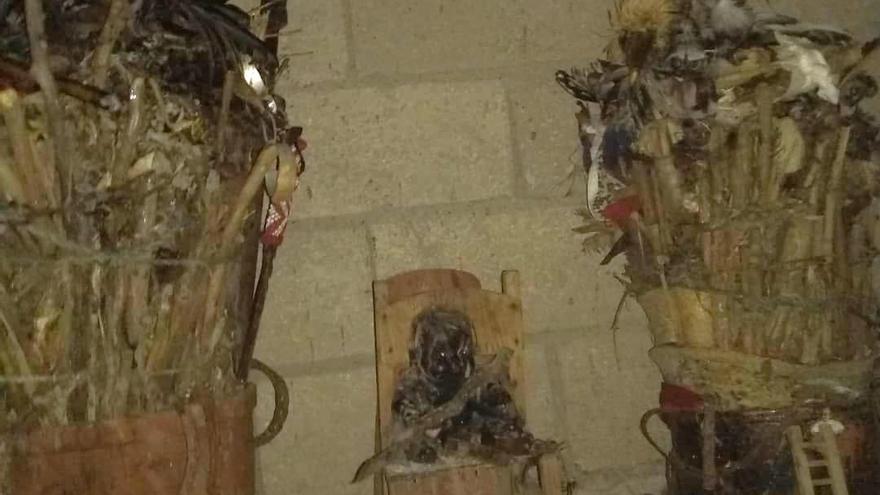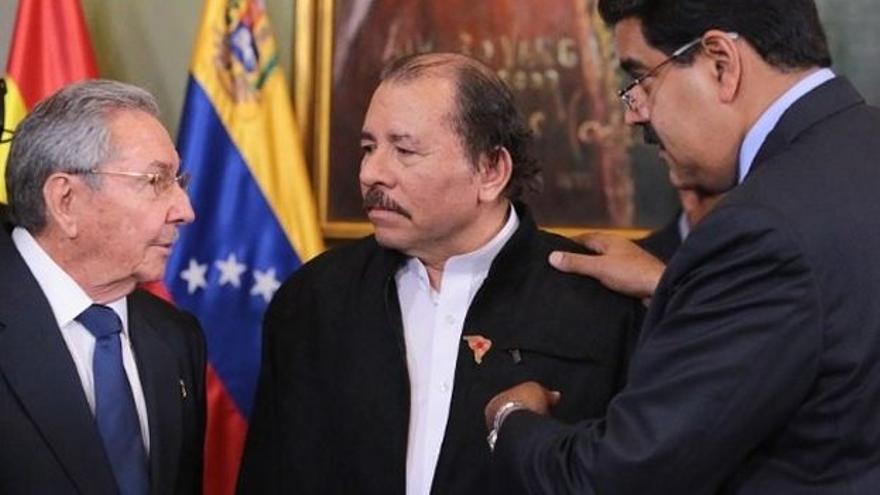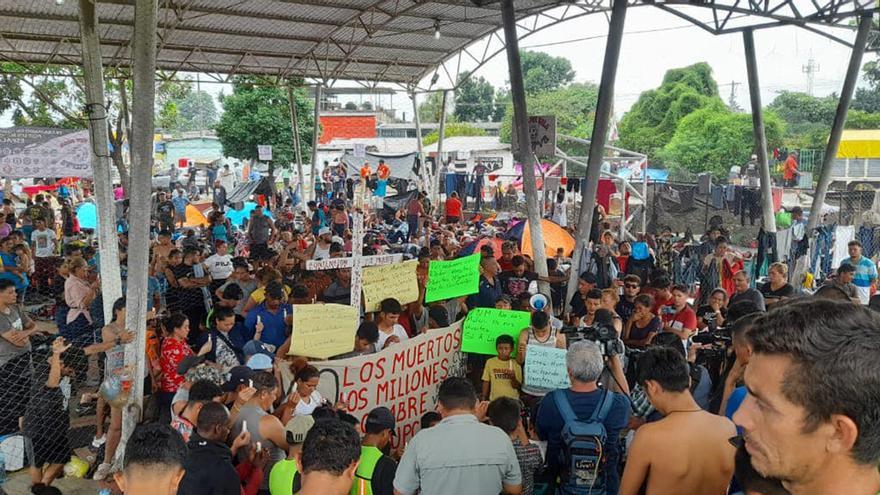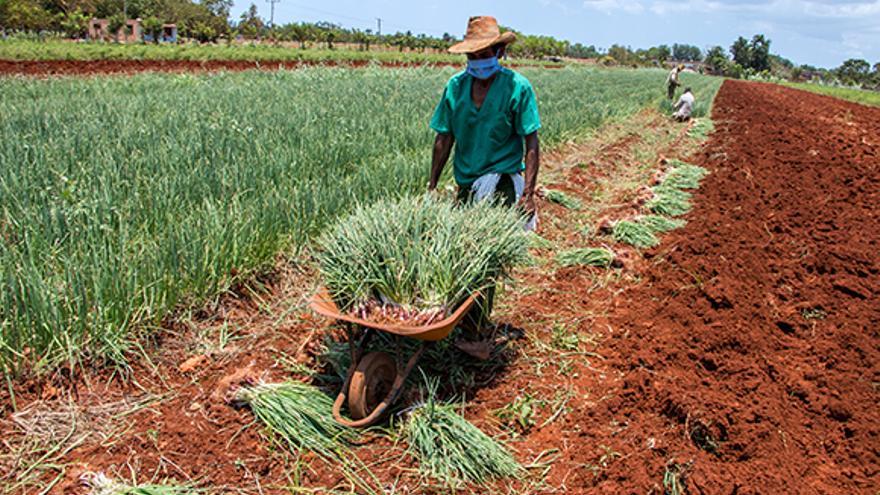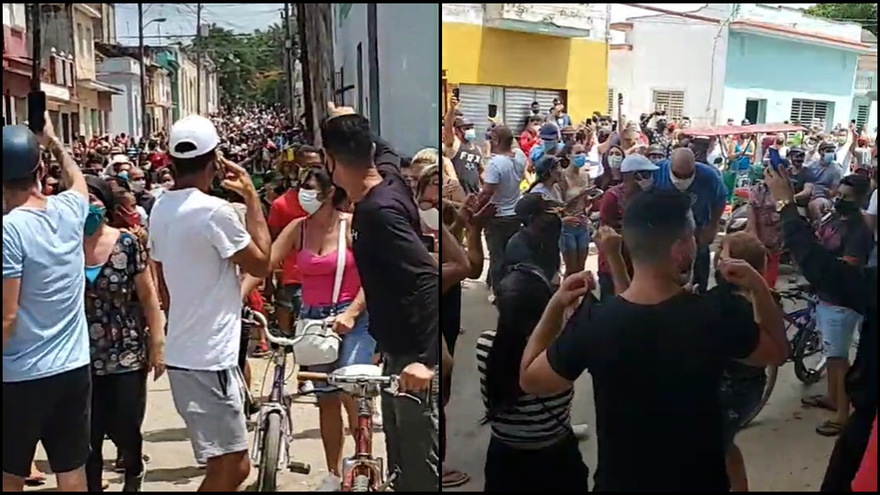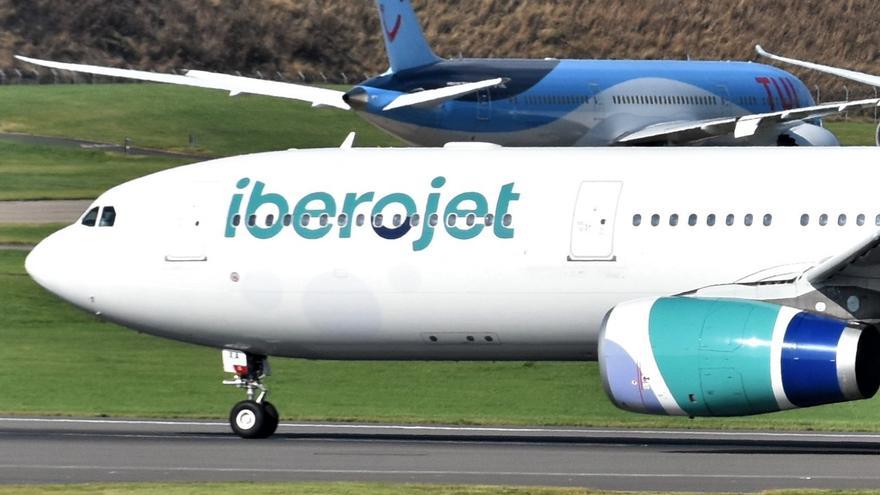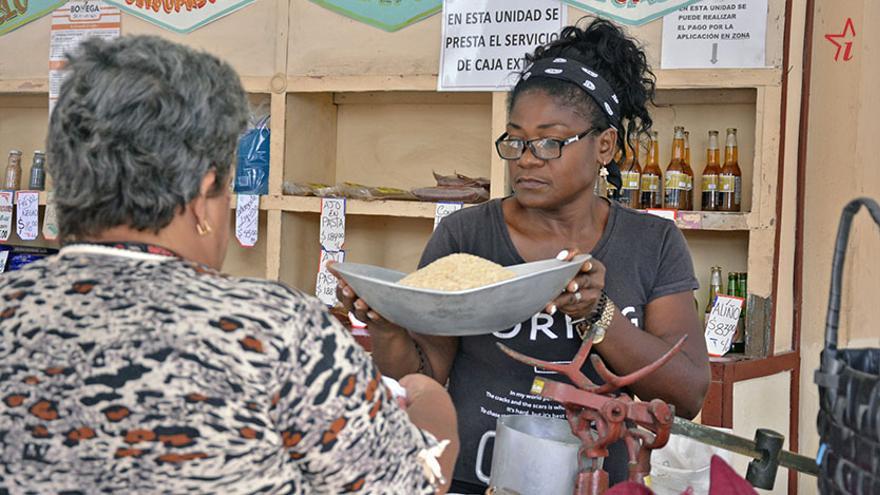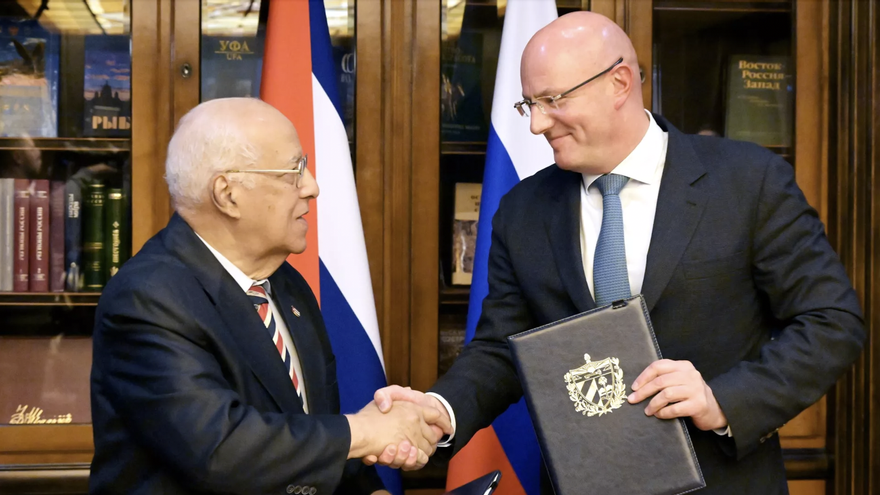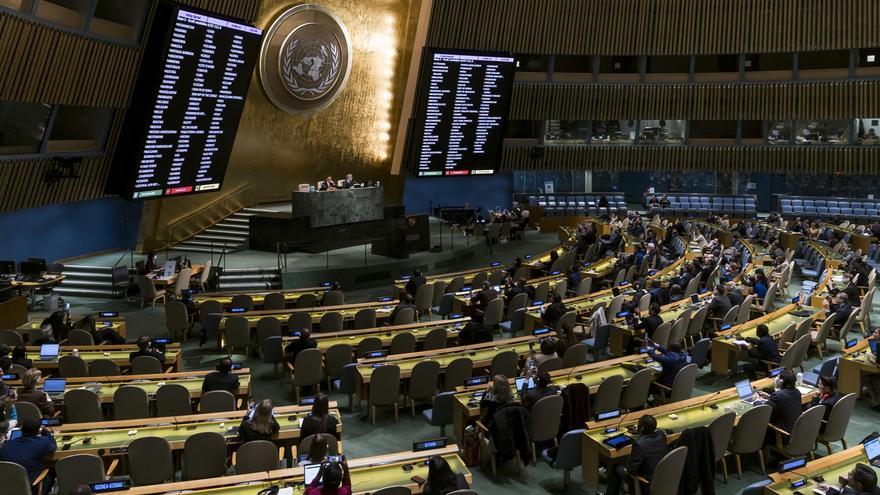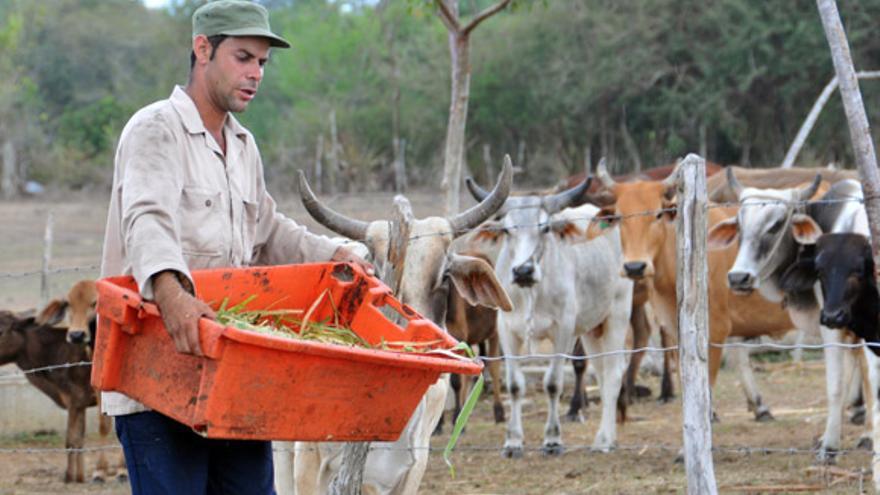
![]() 14ymedio, Havana, 7 November 2023 — The authorities of Ciego de Ávila, overwhelmed by the low compliance of the entire agricultural sector which must report to the authorities, and have begun an active persecution against the farmers in charge of delivering milk and meat, two of the most demanded and disappeared products in the state market. At the end of September, the delivery of beef had barely been met 16.5% of the goals, and the province was short some 263,459 gallons of milk.
14ymedio, Havana, 7 November 2023 — The authorities of Ciego de Ávila, overwhelmed by the low compliance of the entire agricultural sector which must report to the authorities, and have begun an active persecution against the farmers in charge of delivering milk and meat, two of the most demanded and disappeared products in the state market. At the end of September, the delivery of beef had barely been met 16.5% of the goals, and the province was short some 263,459 gallons of milk.
During the last session of the Provincial Council, the authorities scrutinized each of the agricultural and livestock sectors of the territory to verify what was already evident: the debacle in production has plunged the food industry into an increasingly serious crisis since 2018, the last year in which the numbers showed growth, and which is now the point of comparison for companies that are required to “multiply by two” their results.
Of the 43 branches of food production in the province, more than half (24) have not met their goals, the leaders admitted. The worst indicators are those of meat production, with 48,142 tons, 18,751 less than in 2022. continue reading
Of the 43 branches of food production in the province, more than half (24) have not met their goals, the leaders admitted
As for the most pressing issues – meat and milk – officials insist that part of the problem lies in the lack of control over producers and livestock, a “red mark” in the provincial indicators. The leaders stressed that it is important to pay attention to the falsification of vaccine death certificates and the disorder in the transfer of livestock, opportunities often taken advantage of by cattle rustlers and some farmers to subtract animals without suffering the consequences.
“In the livestock sector, 2024 will mean the return to practices that have weakened over the years; among them, the recovery of breeding and fattening pastures in state companies, with a view to guaranteeing greater deliveries of meat,” Leonardo Pérez, subdelegate of Livestock, promised. More attention will be paid to the municipalities with the greatest livestock potential: Chambas, Ciego de Ávila, Baraguá, Venezuela and Majagua.
As for the dairy industry, the numbers are not encouraging. So far this year, the province has produced 2.24 million gallons, a worrying figure compared to that of 2022, when 3.09 million were delivered.
To increase production, the authorities assured that by next February, when the next session of the Council is held, contracts with independent producers will have grown and artificial insemination will have been resumed in the province. An attempt will also be made to “support” the producers, they added, without specifying the type of assistance they will offer, to increase the current yield of .56 gallons of milk per cow per day.
For its part, the Dairy Products Company has no choice but to “diversify” its production
For its part, the Dairy Products Company has no choice but to “diversify” its production – with the little milk it has – in order to maintain profits without raising prices, said the officials of the entity without delving into the proposals for new products.
Another of the issues discussed in the Council, without the press giving it too much importance, was the budget designated to serve vulnerable families, and the fact that two months after the end of the year, barely 65% of it has been implemented.
The misuse of land and the lack of workers in all sectors of the food industry, including the managers’ commissions, were other “weaknesses” discussed, which, according to the leaders, must be resolved urgently.
Like the rest of the provinces of the Island, Ciego de Ávila is going through a crisis that has especially affected the agricultural sector. This Monday, the official press reported that a dozen companies in the territory will close the year with losses. Of these, eight belong to this industry.
Translated by Regina Anavy
____________
COLLABORATE WITH OUR WORK: The 14ymedio team is committed to practicing serious journalism that reflects Cuba’s reality in all its depth. Thank you for joining us on this long journey. We invite you to continue supporting us by becoming a member of 14ymedio now. Together we can continue transforming journalism in Cuba.

